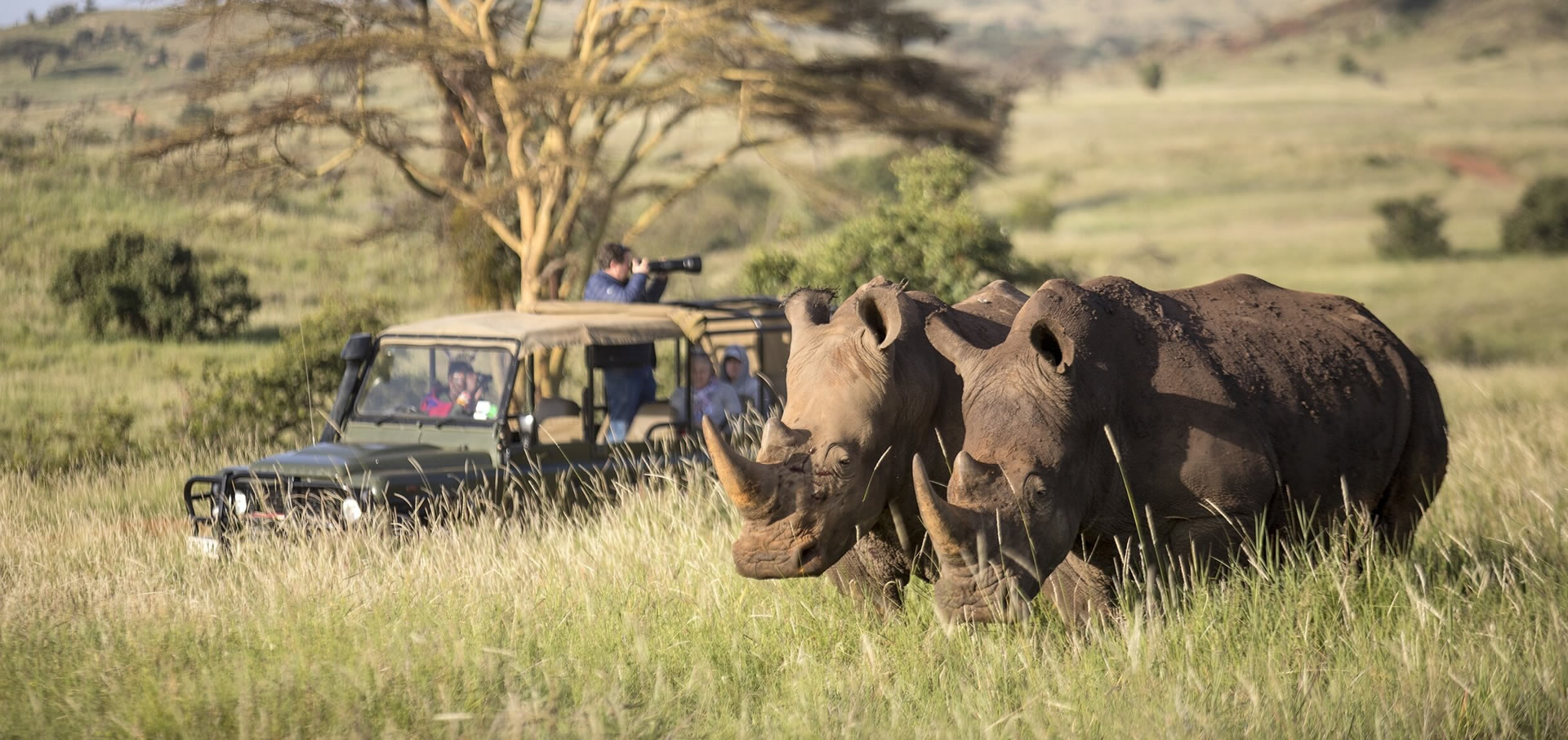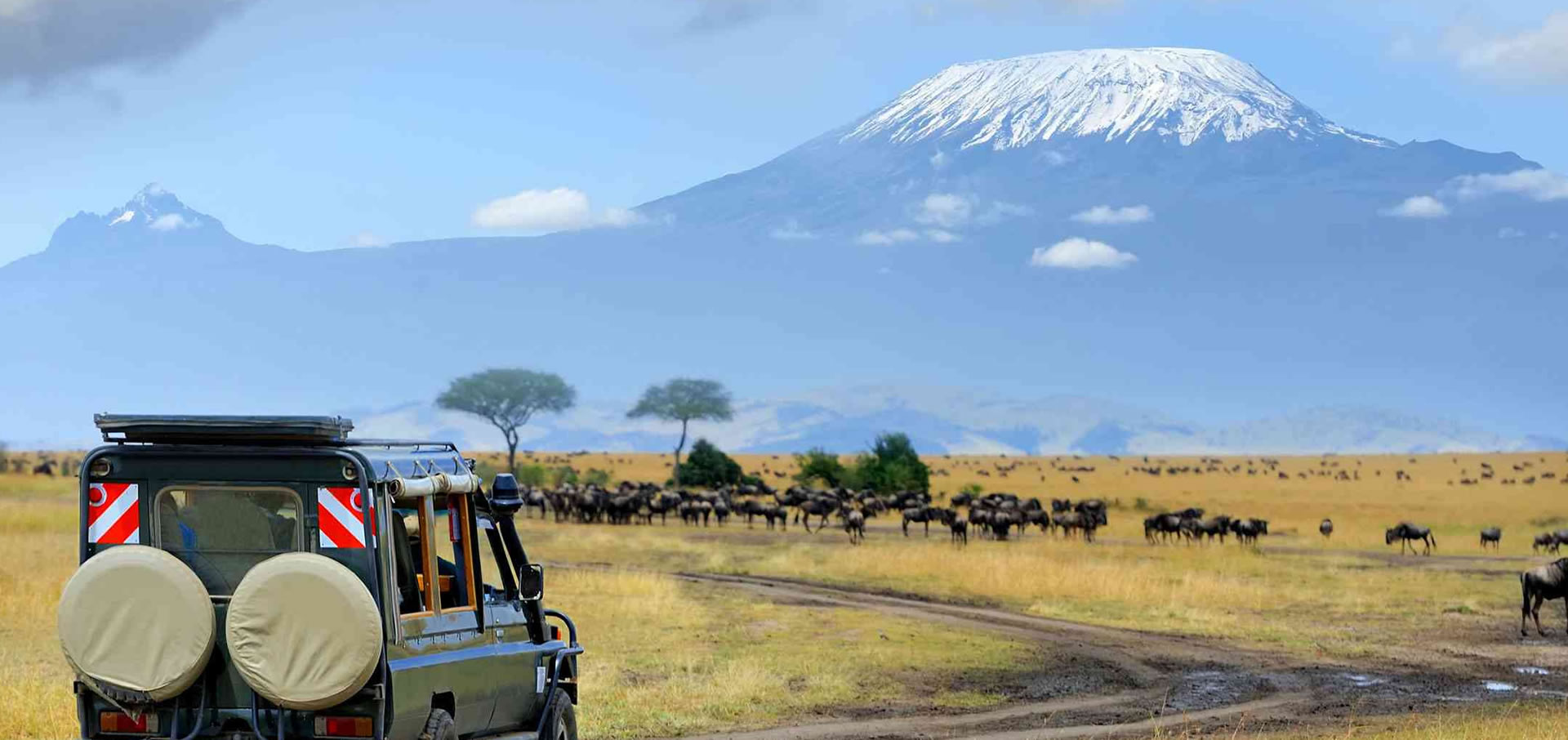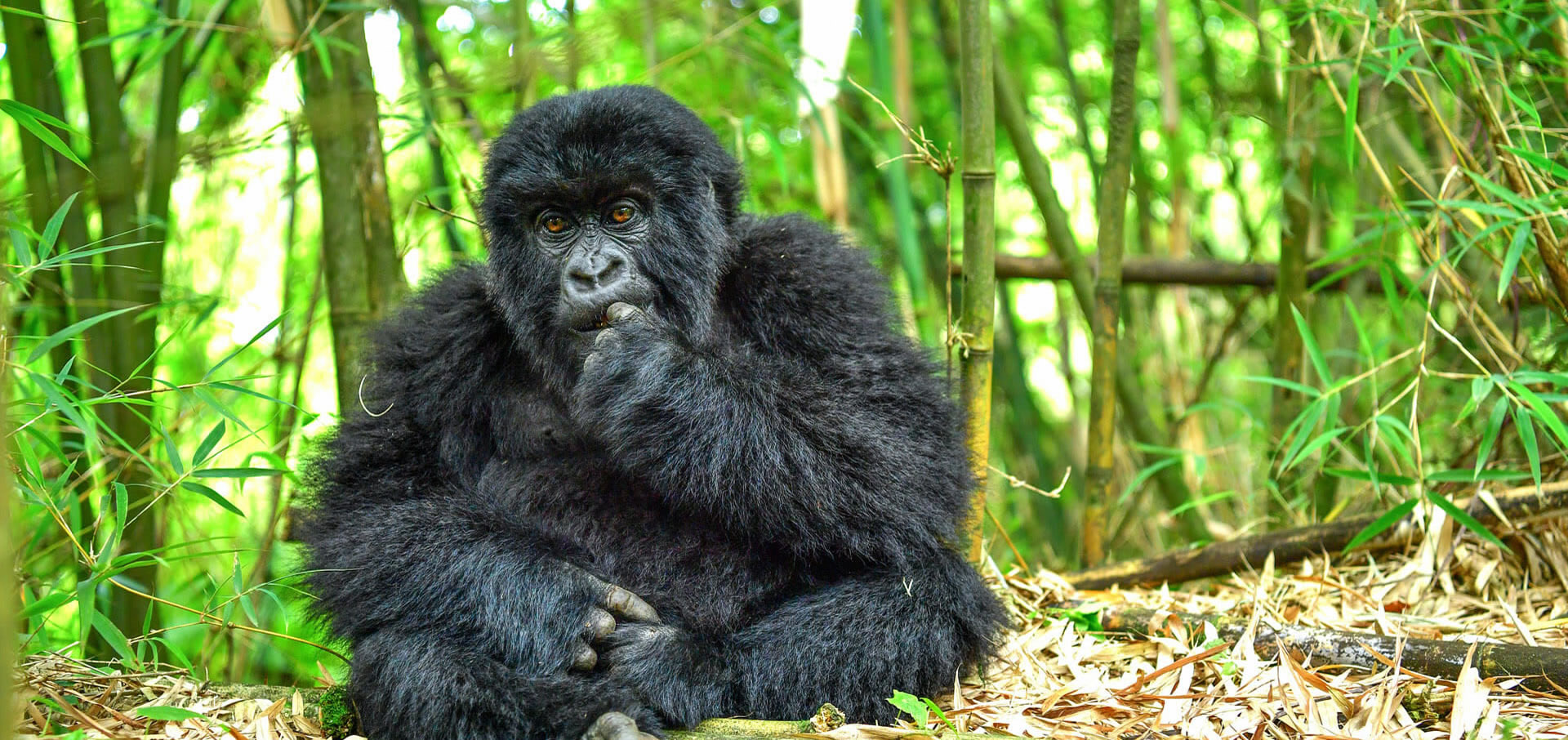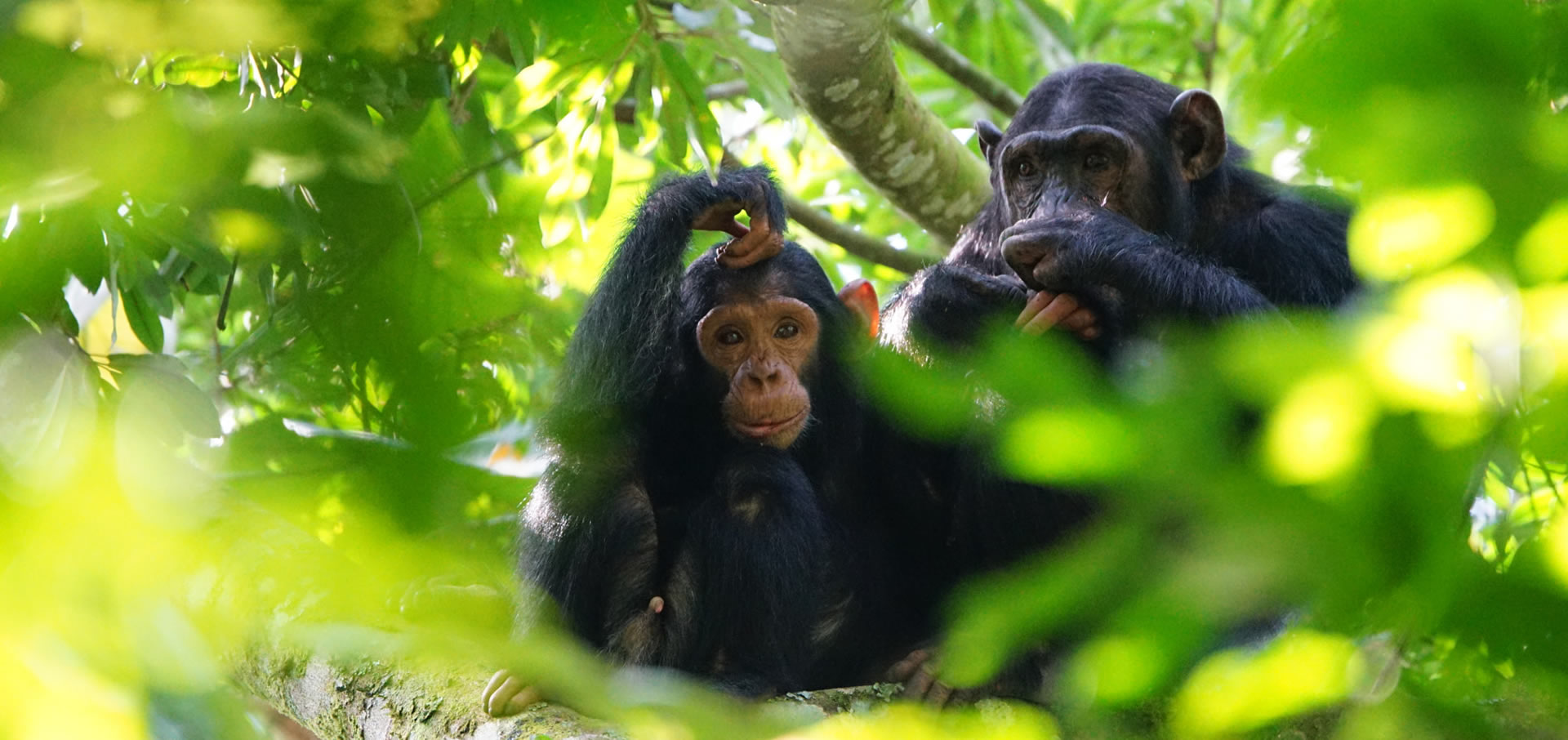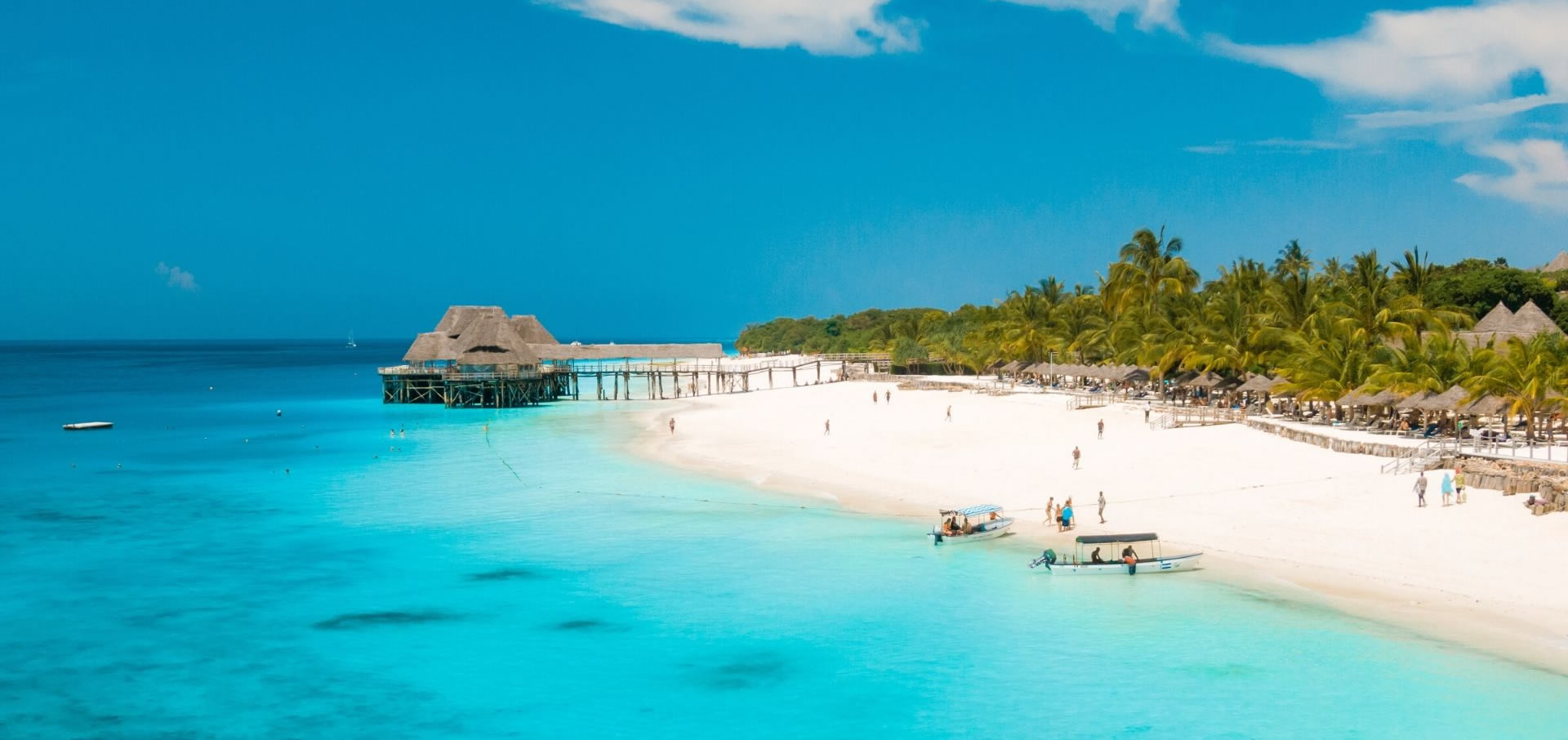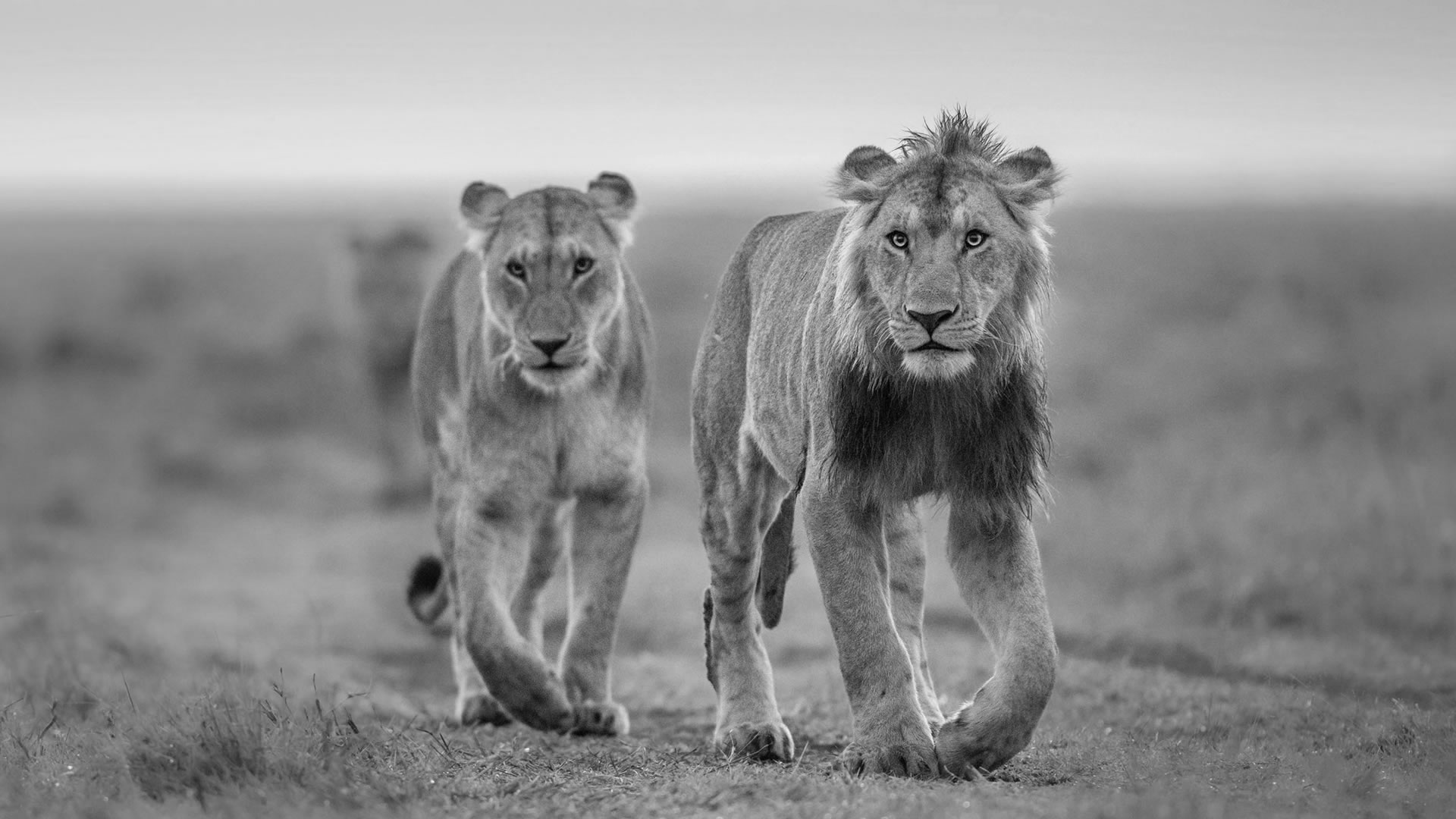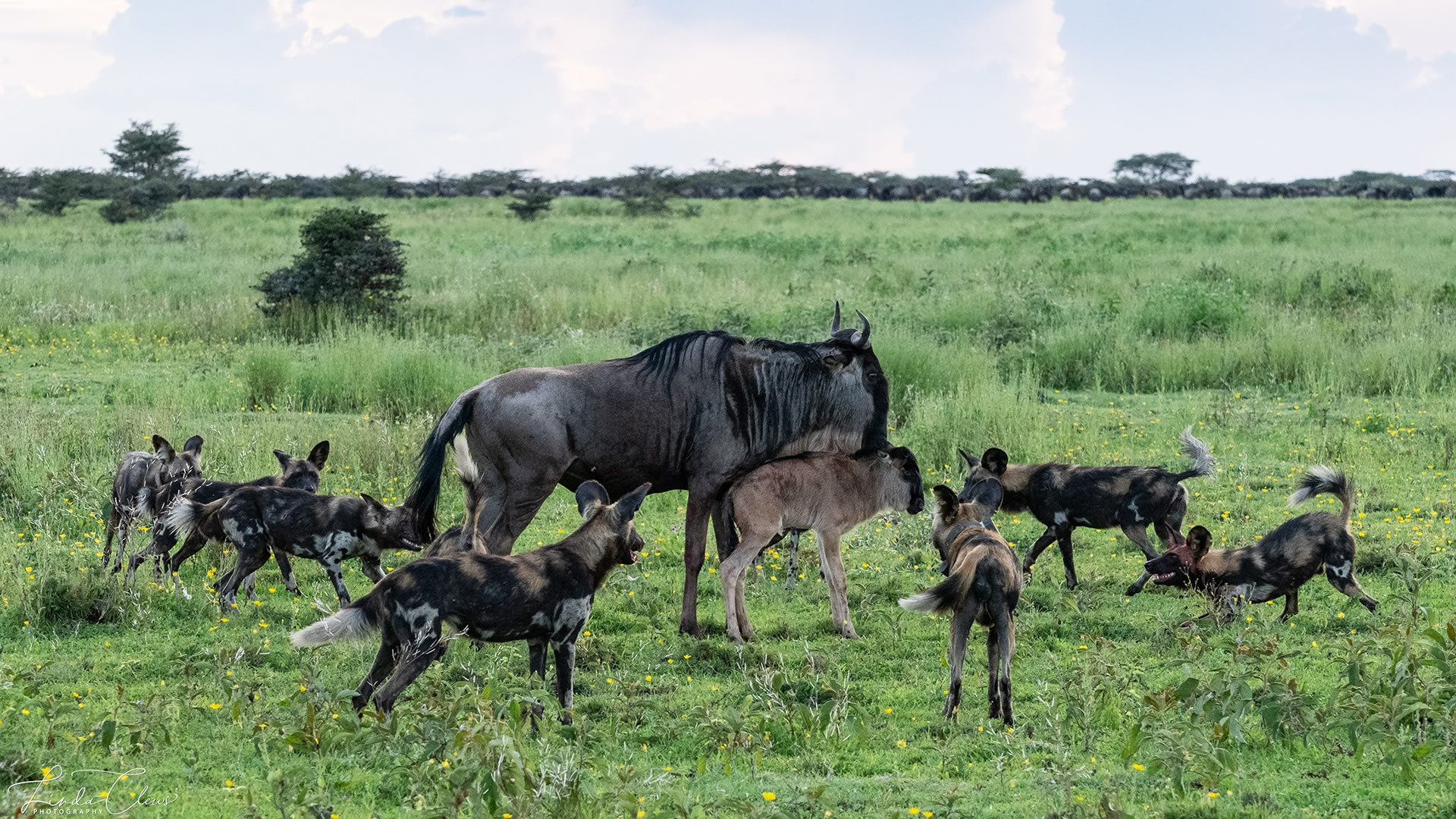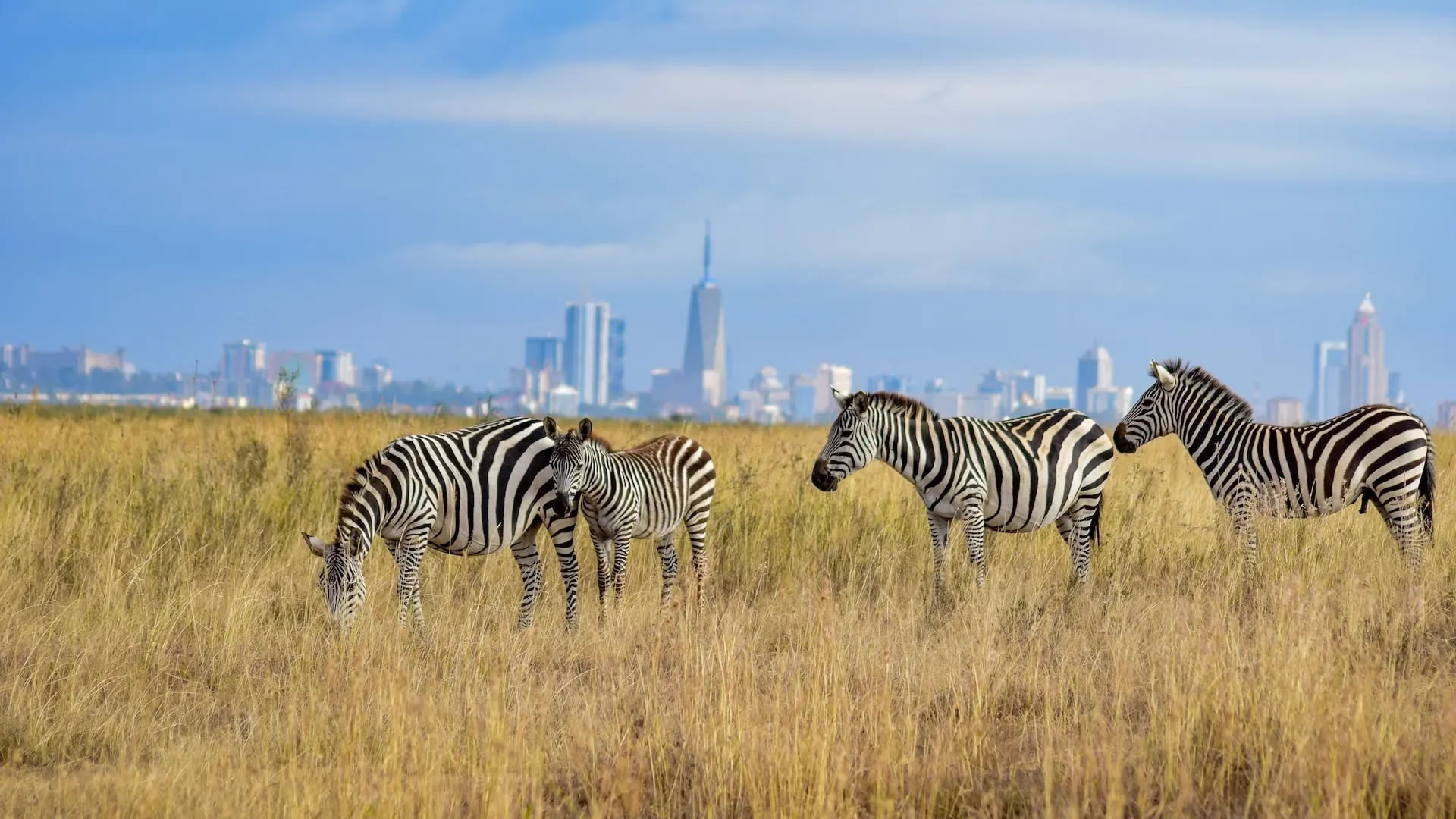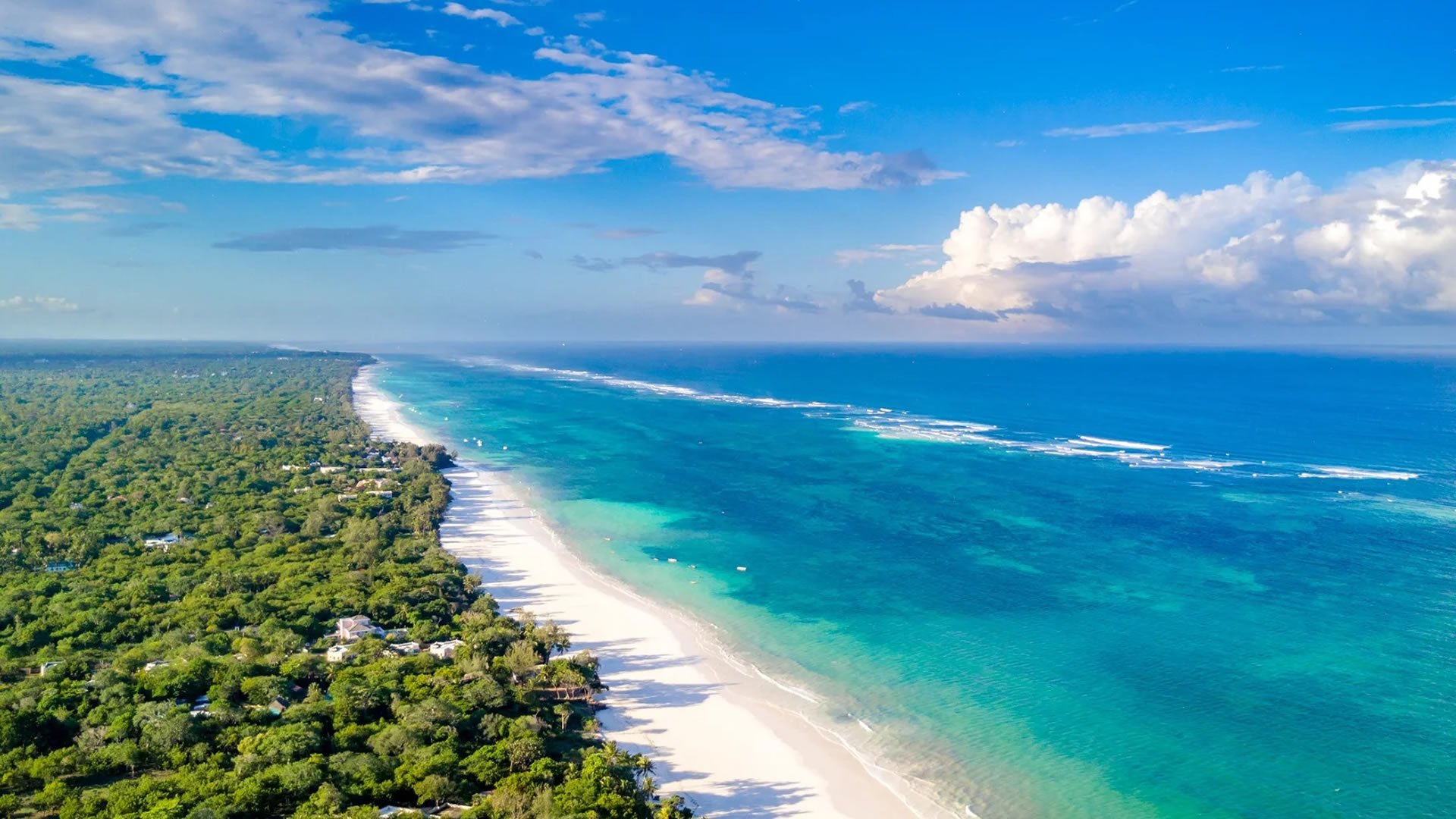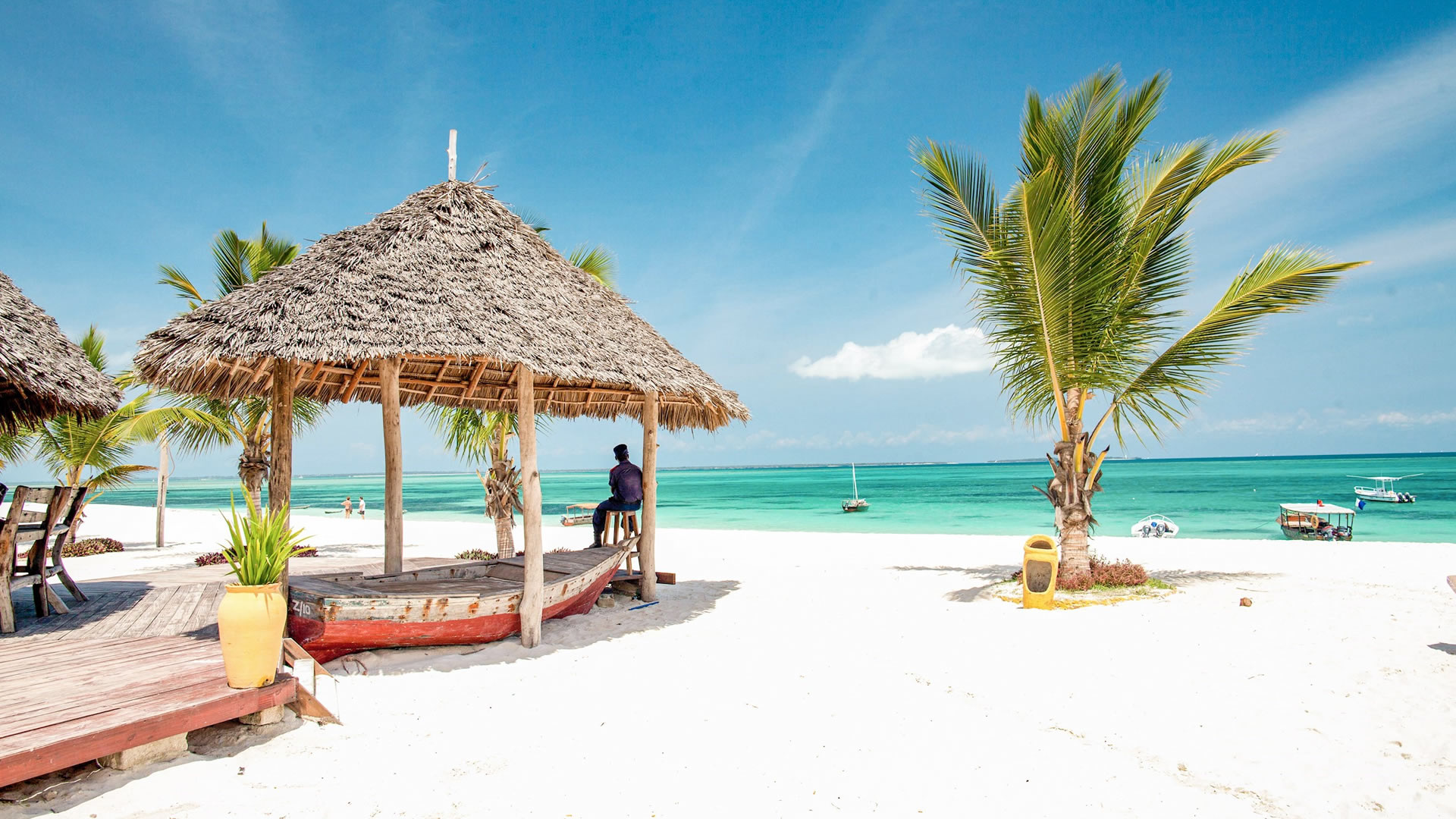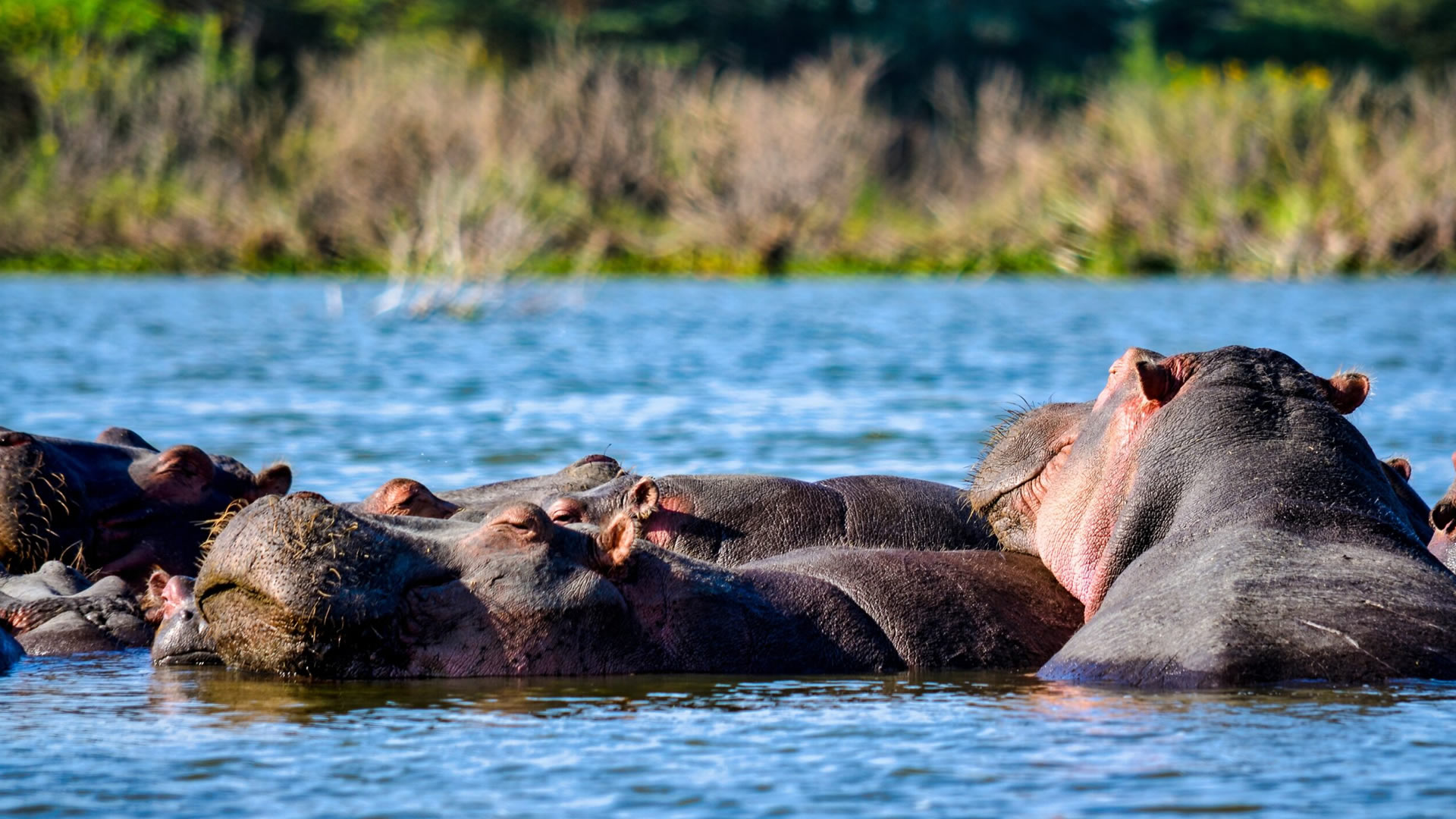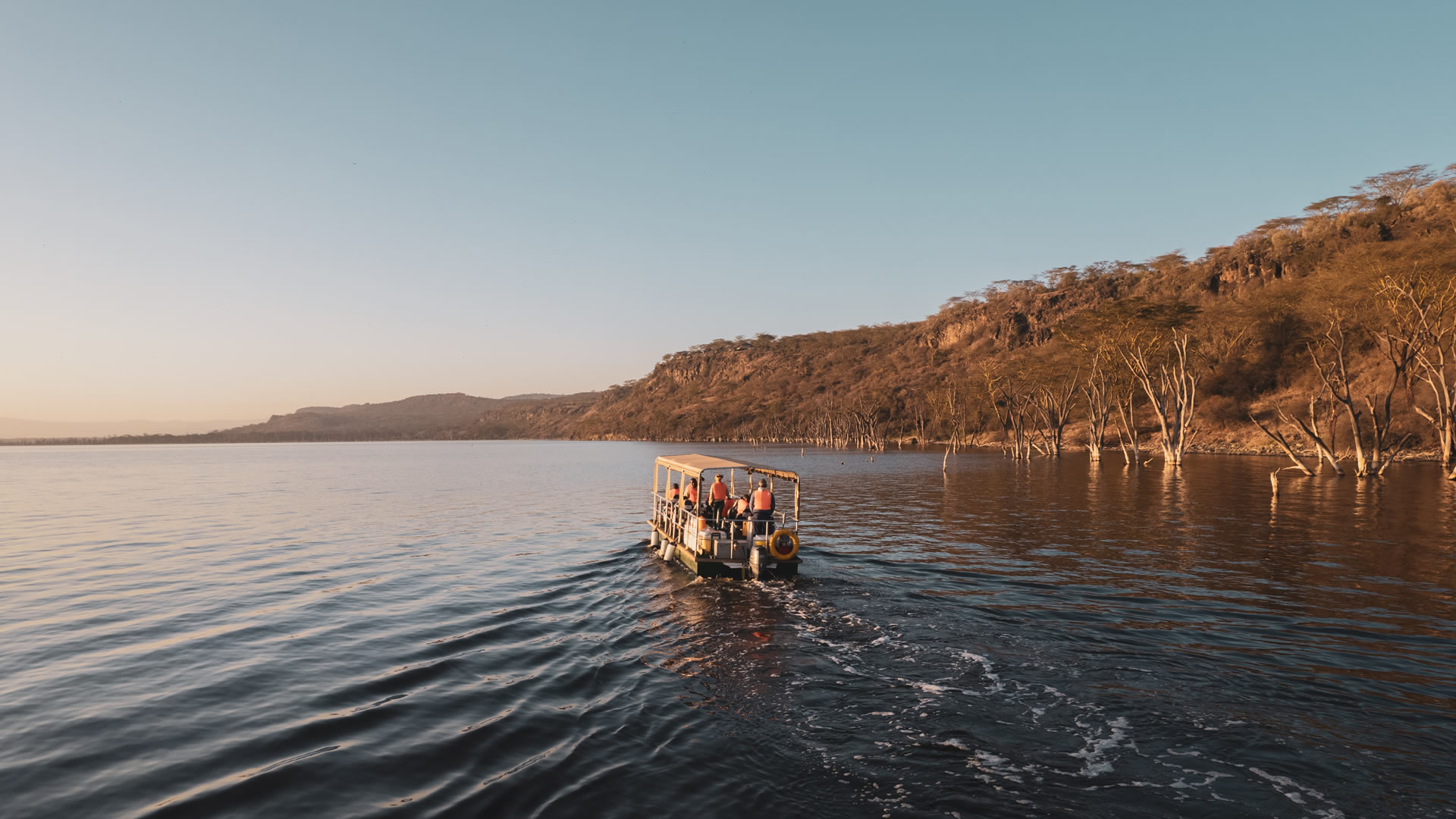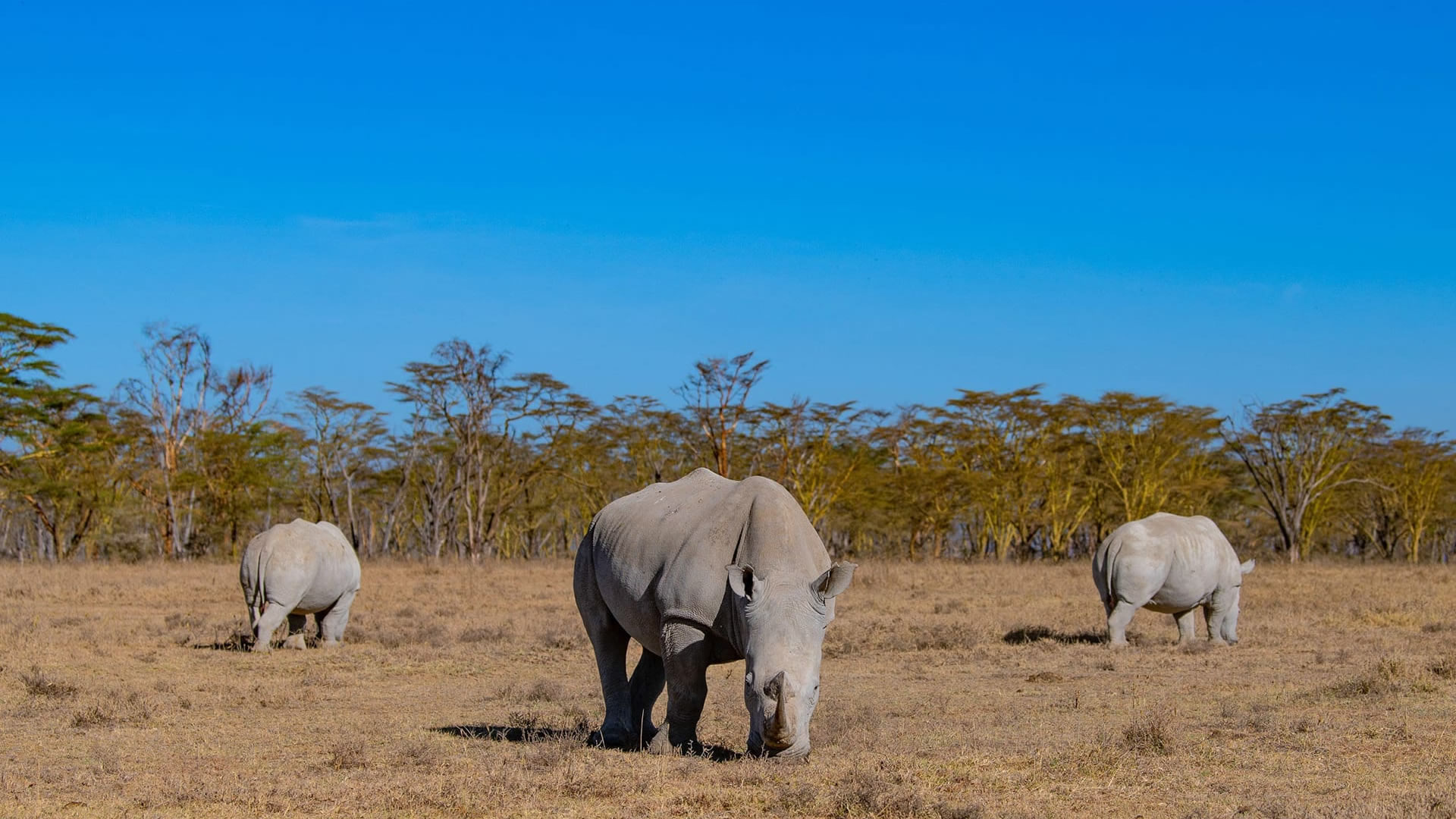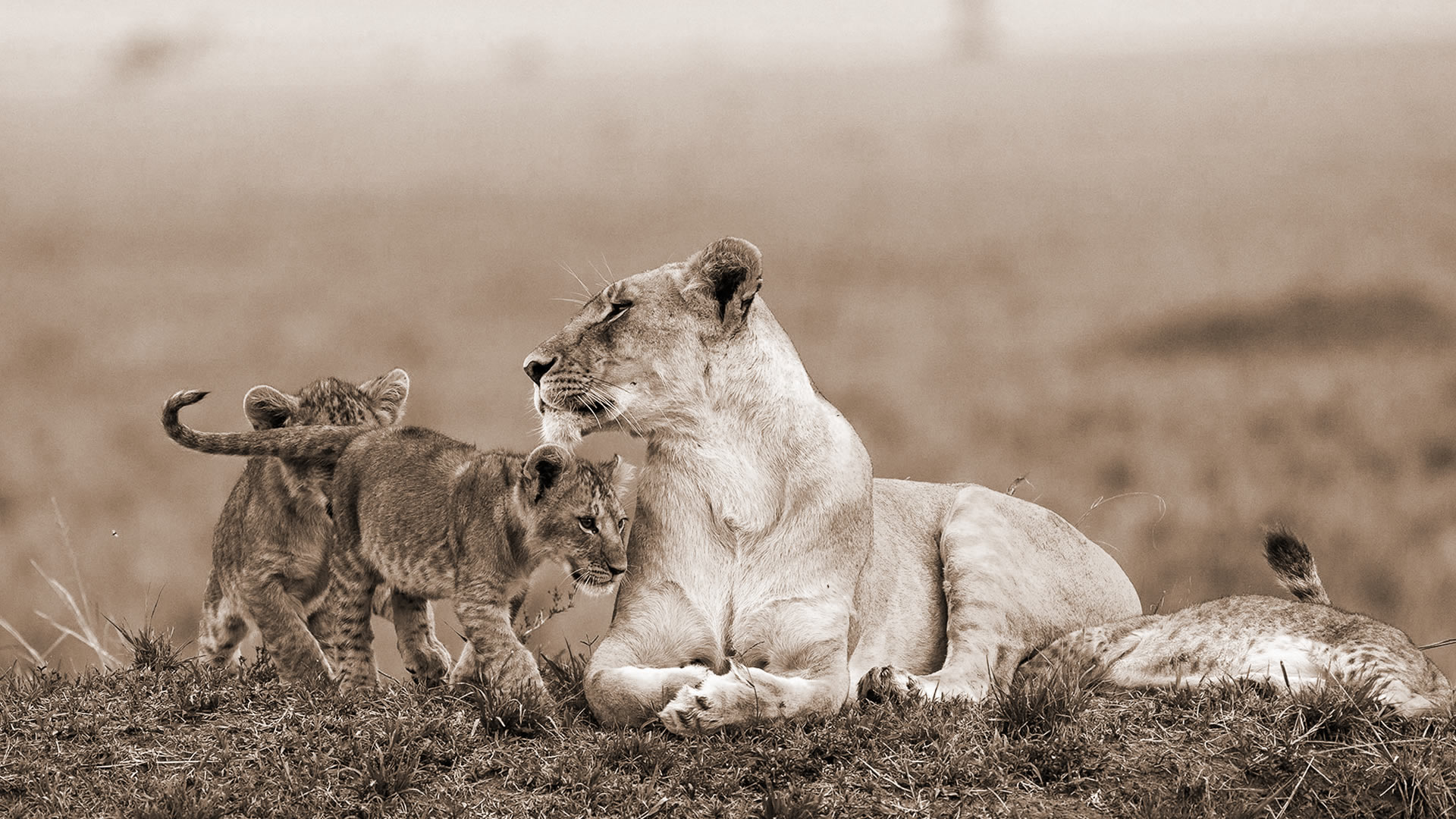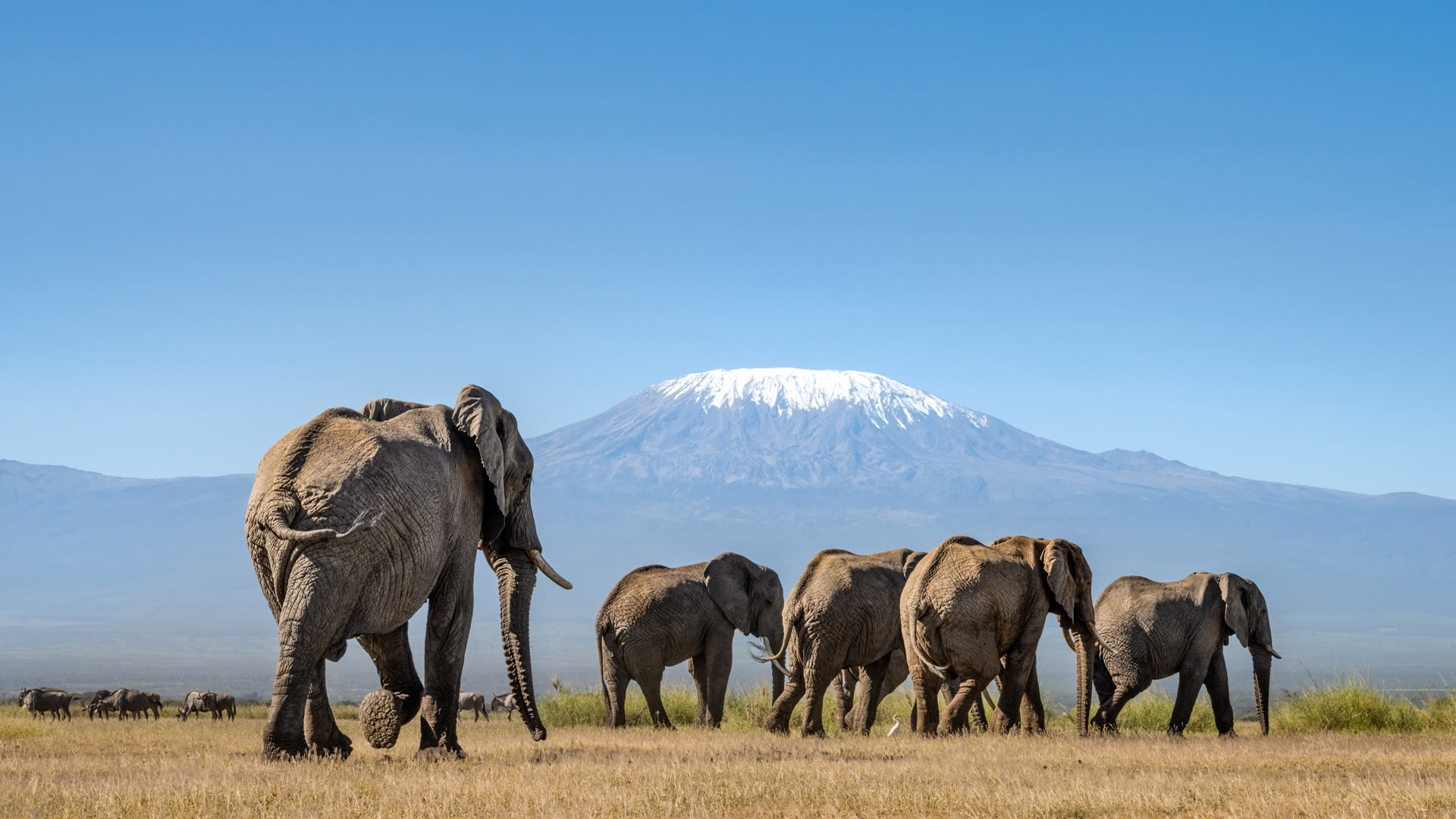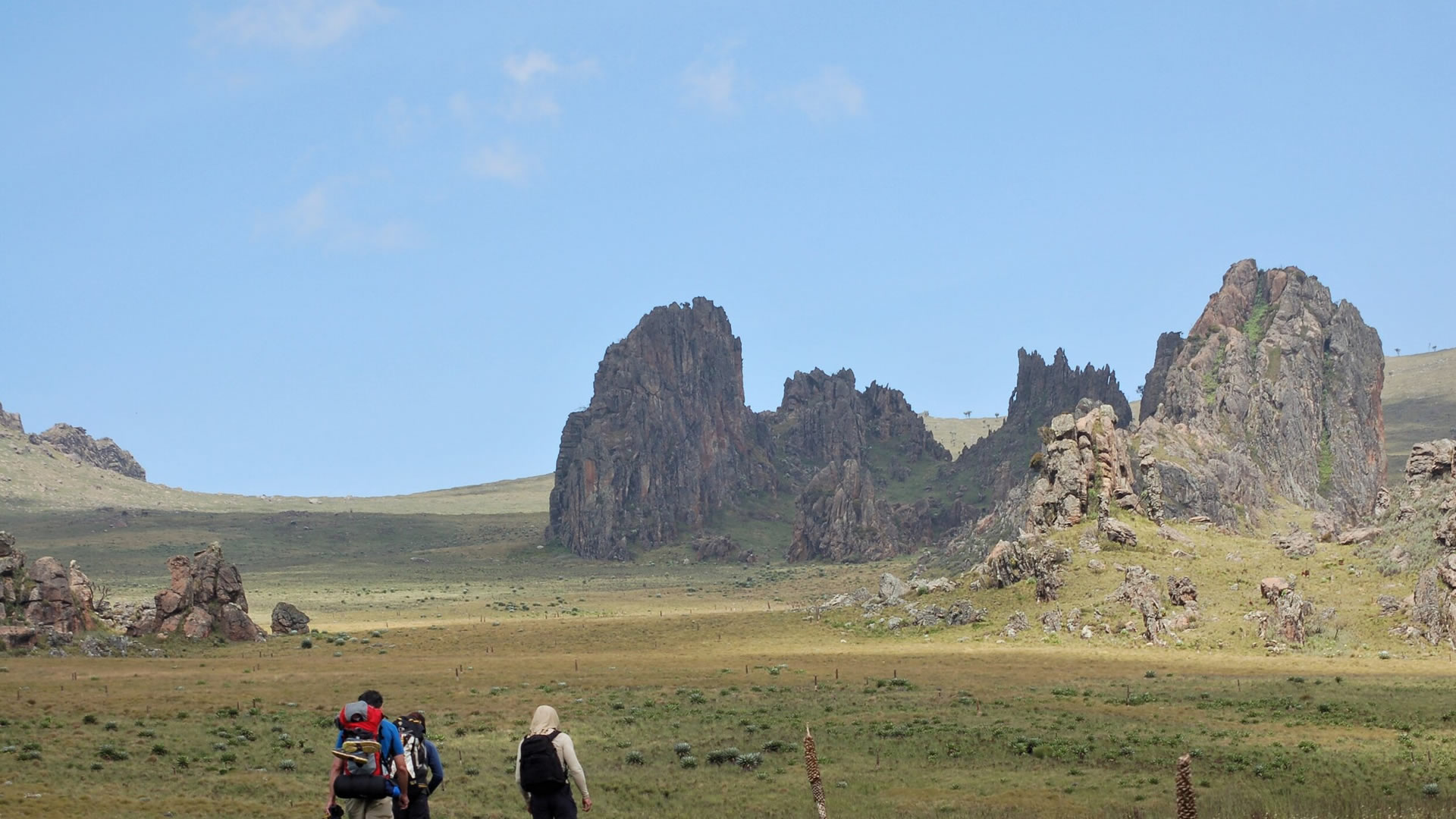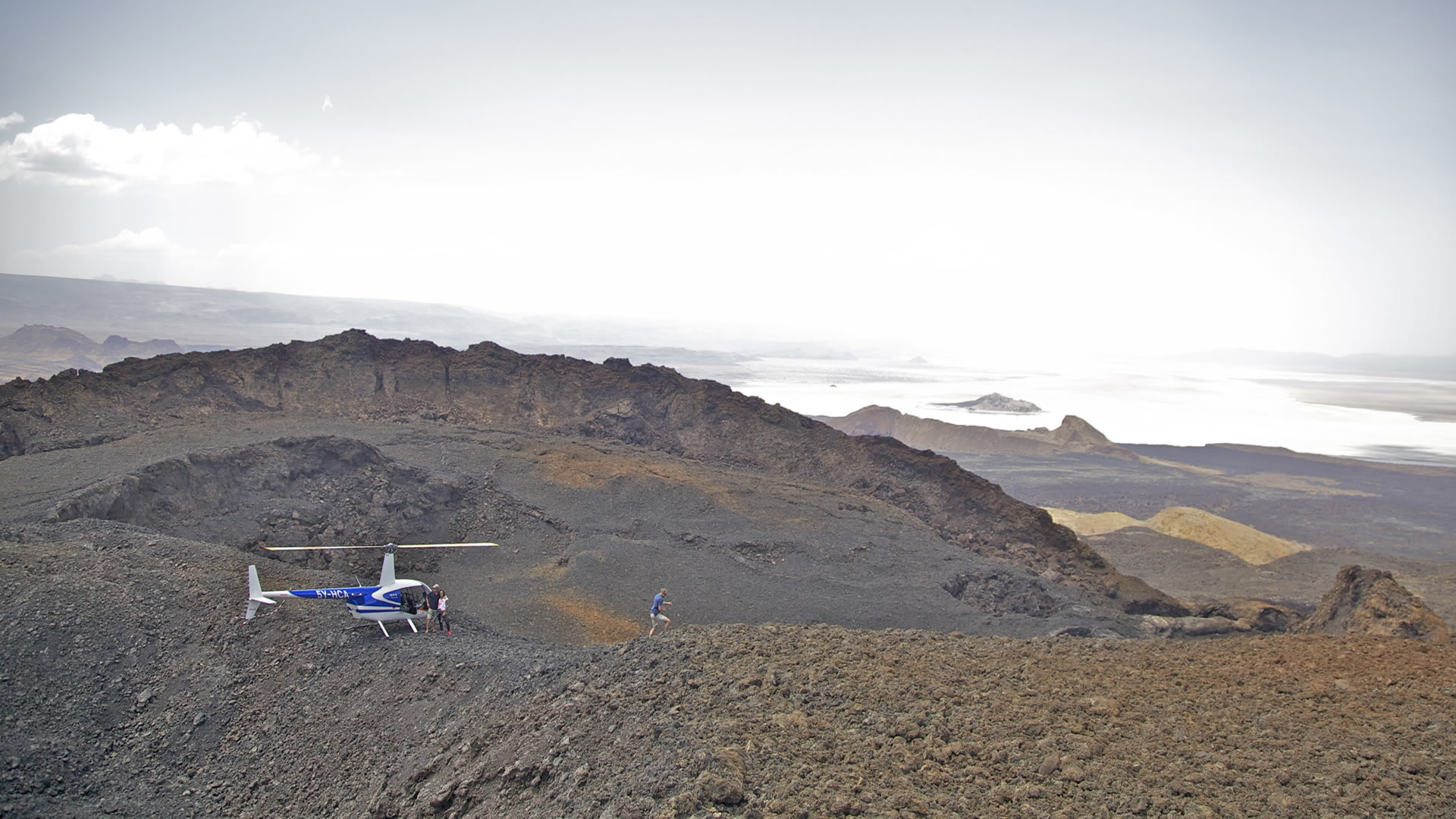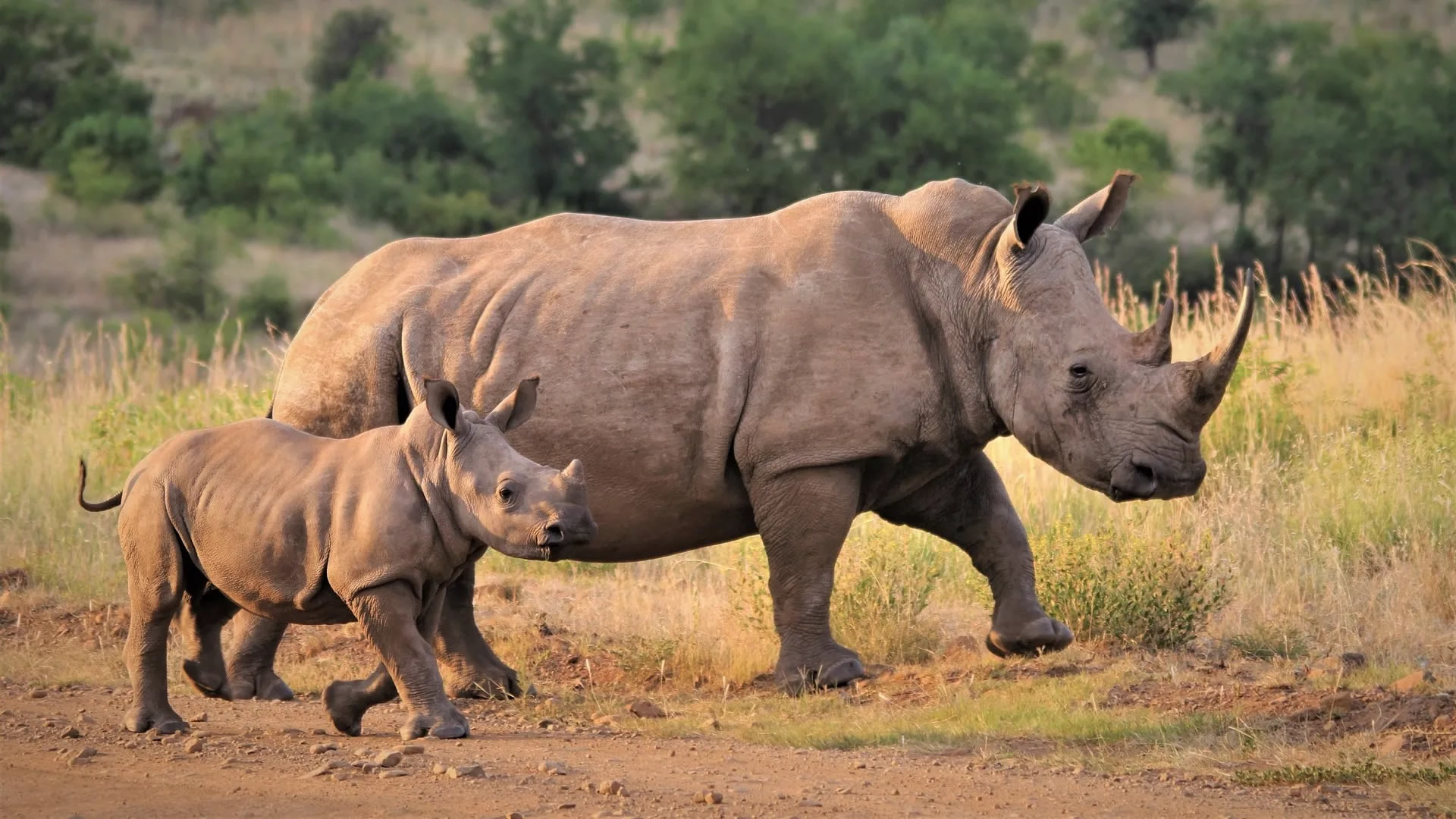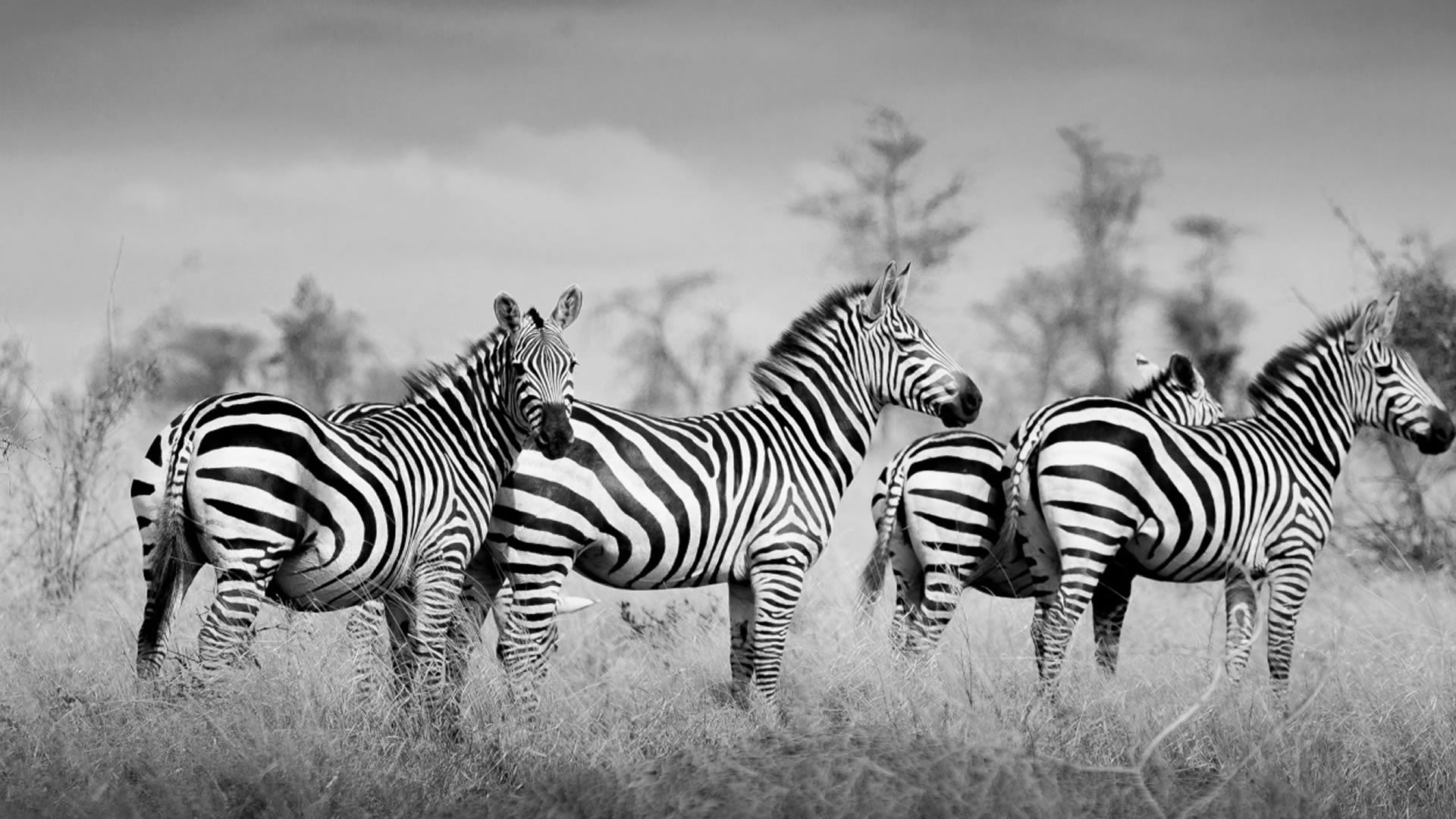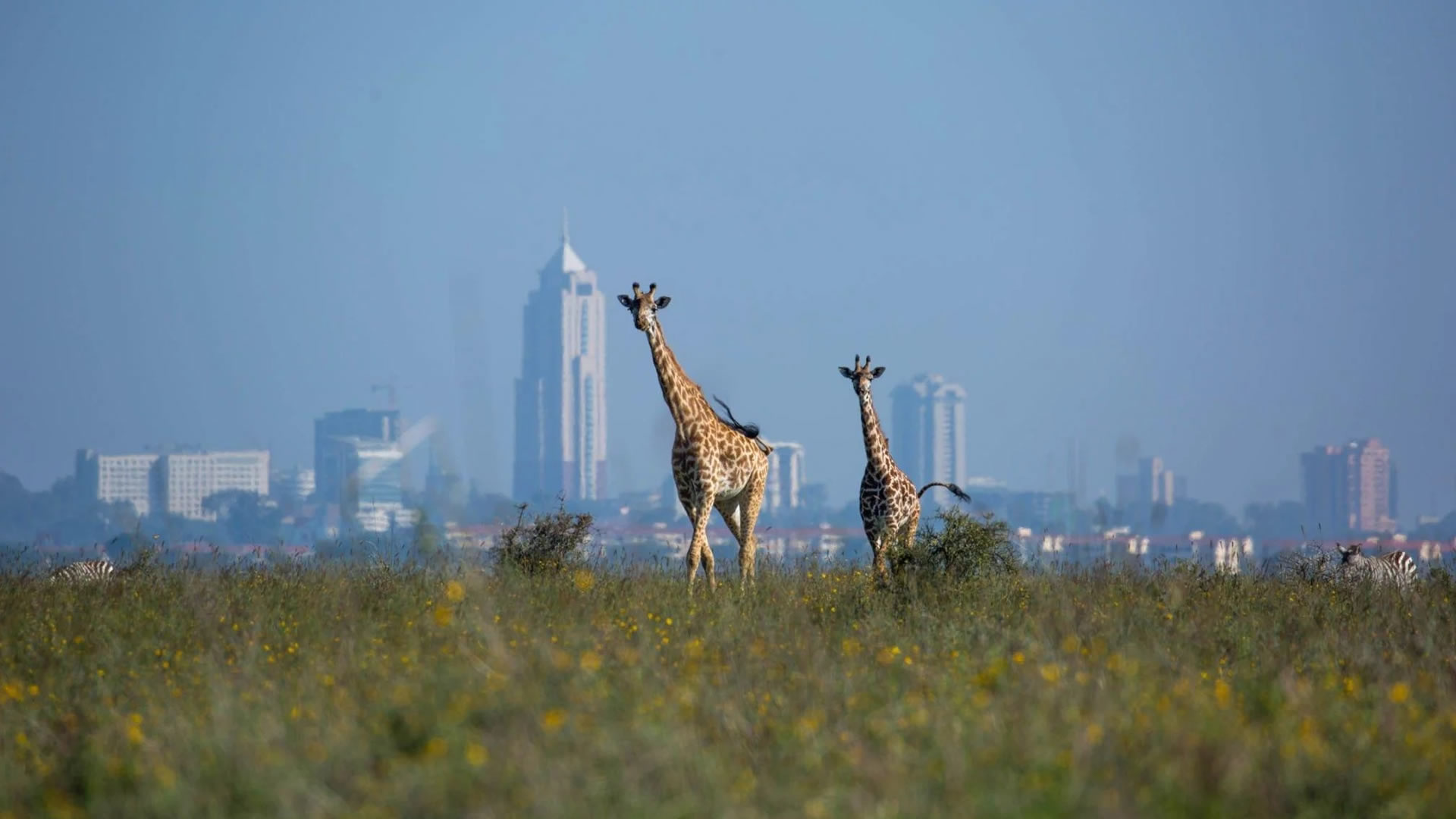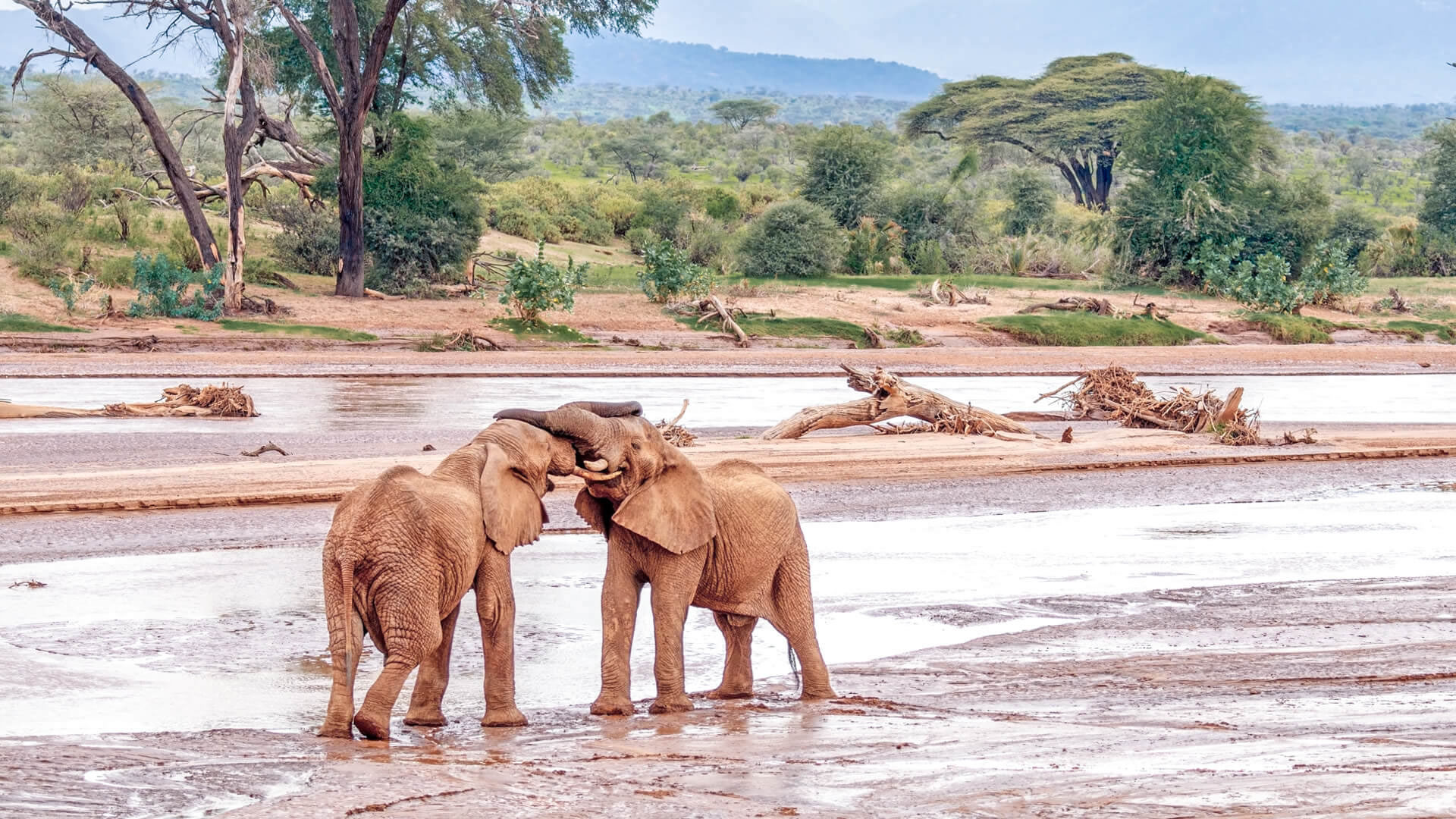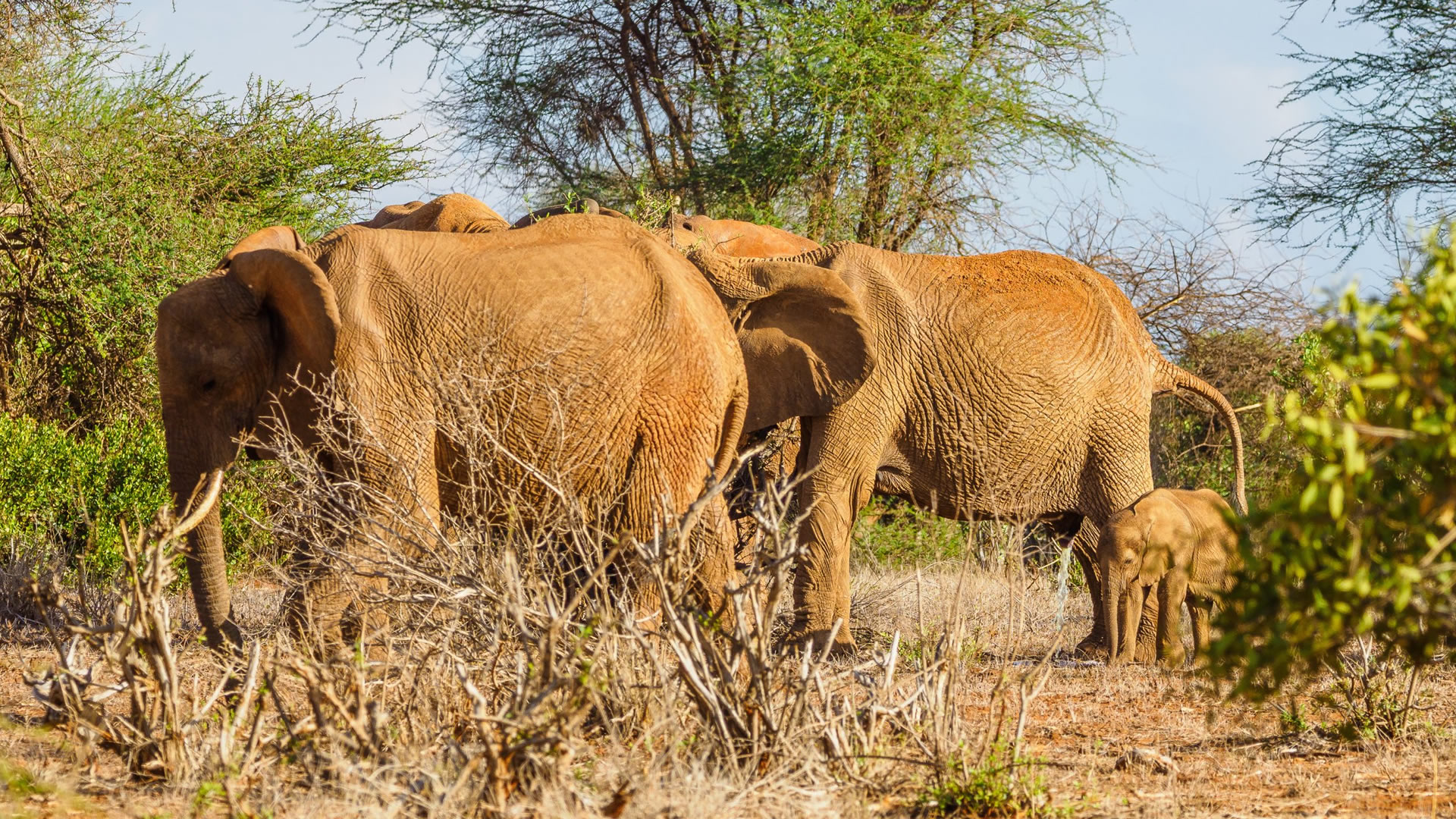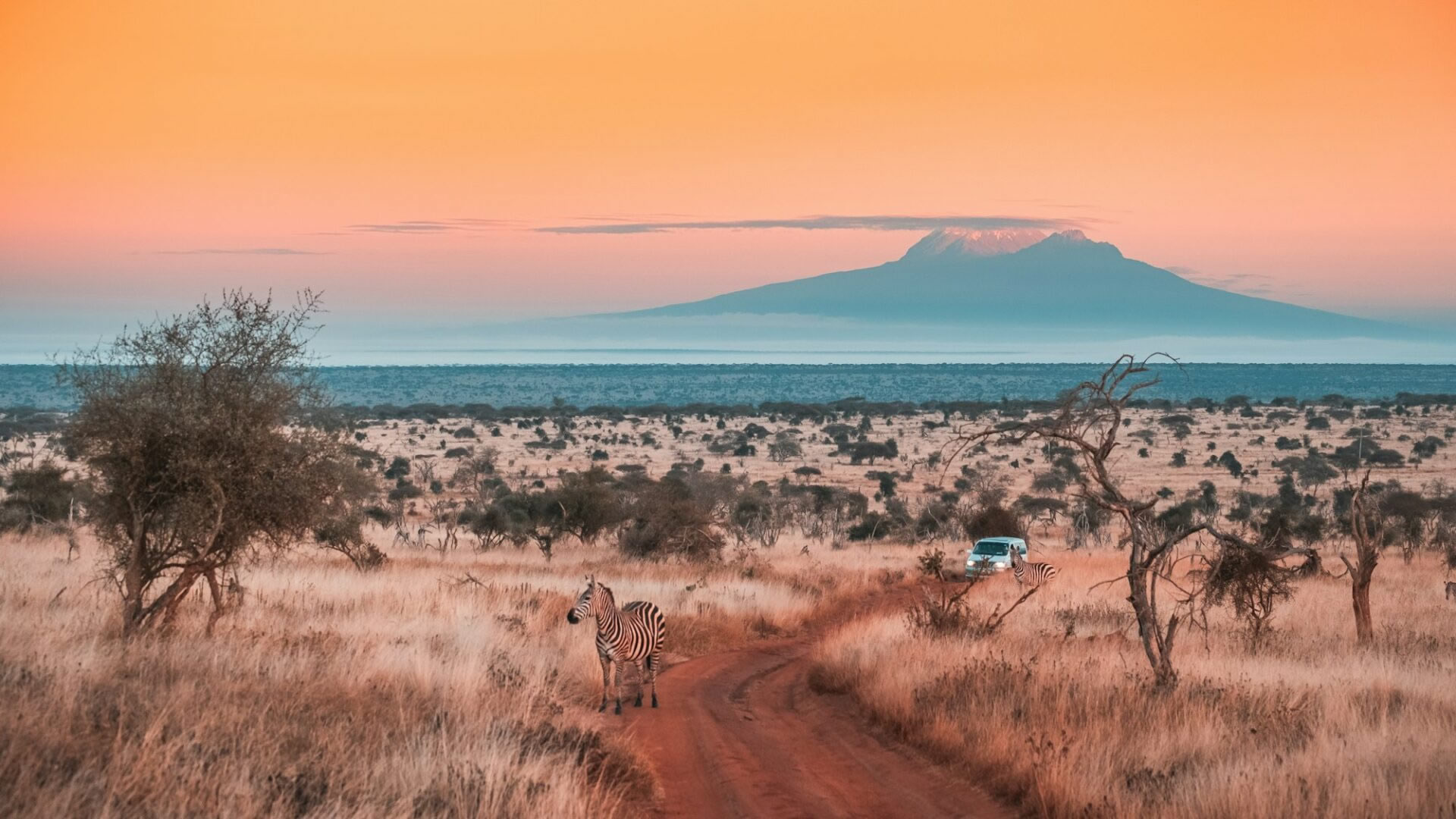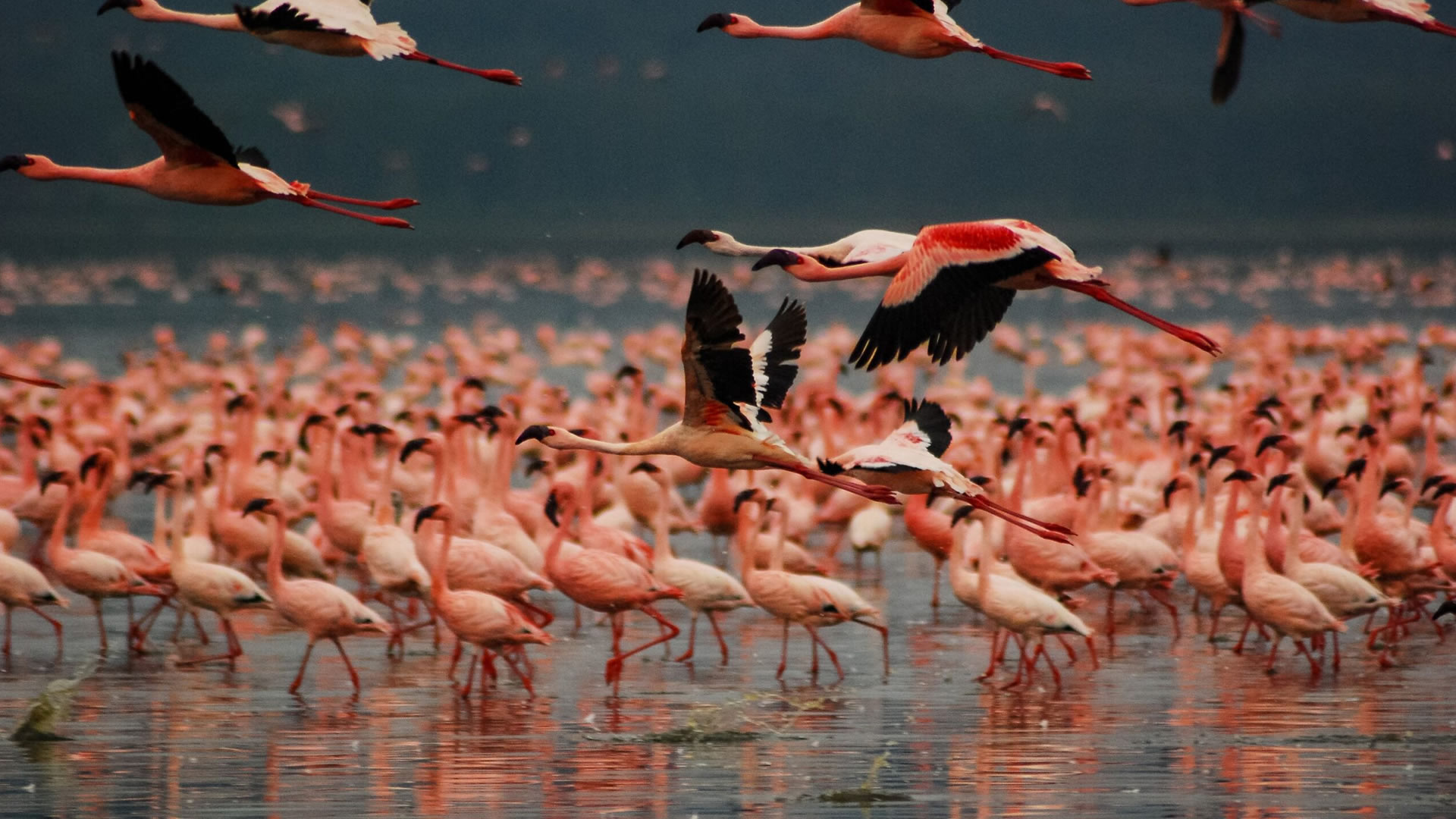
Lake Nakuru National Park
“Birdwatcher's paradise - famous for its thousands and sometimes millions of lesser & greater flamingos "
Lake Nakuru National Park covers an area of 188 square km (73 square miles) located south of Nakuru Town. Nakuru means “Dust or Dusty Place” in the Maasai language. Lake Nakuru National Park is one of Kenya's most popular and breathtaking parks. The park is located on the floor of the Great Rift Valley and has a lake surrounded by wooded acacia trees and bushy grasslands. The park offers a wide range of ecological diversity and varied habitats. The surrounding escarpments provide scenic views of the park. Lake Nakuru is a birdwatcher's paradise and is famous internationally for its thousands and sometimes millions of the lesser and greater flamingos nesting along the shore of the lake as they feed on algae. Thousands of tourists flock to the lake yearly to glimpse breathtaking scenery dubbed “the greatest bird spectacle on earth.” Over 400 migratory and endemic bird species are recorded in the park. Lake Nakuru is also a haven for two species of rhinos, about 70 white rhinos and 25 eastern black rhinos. It has the most extensive collection of rhinos population in the country. The Park boasts over 50 mammal species, including the Four of the Big Five Animals(Rhino, Lion, Leopard & Buffalo).
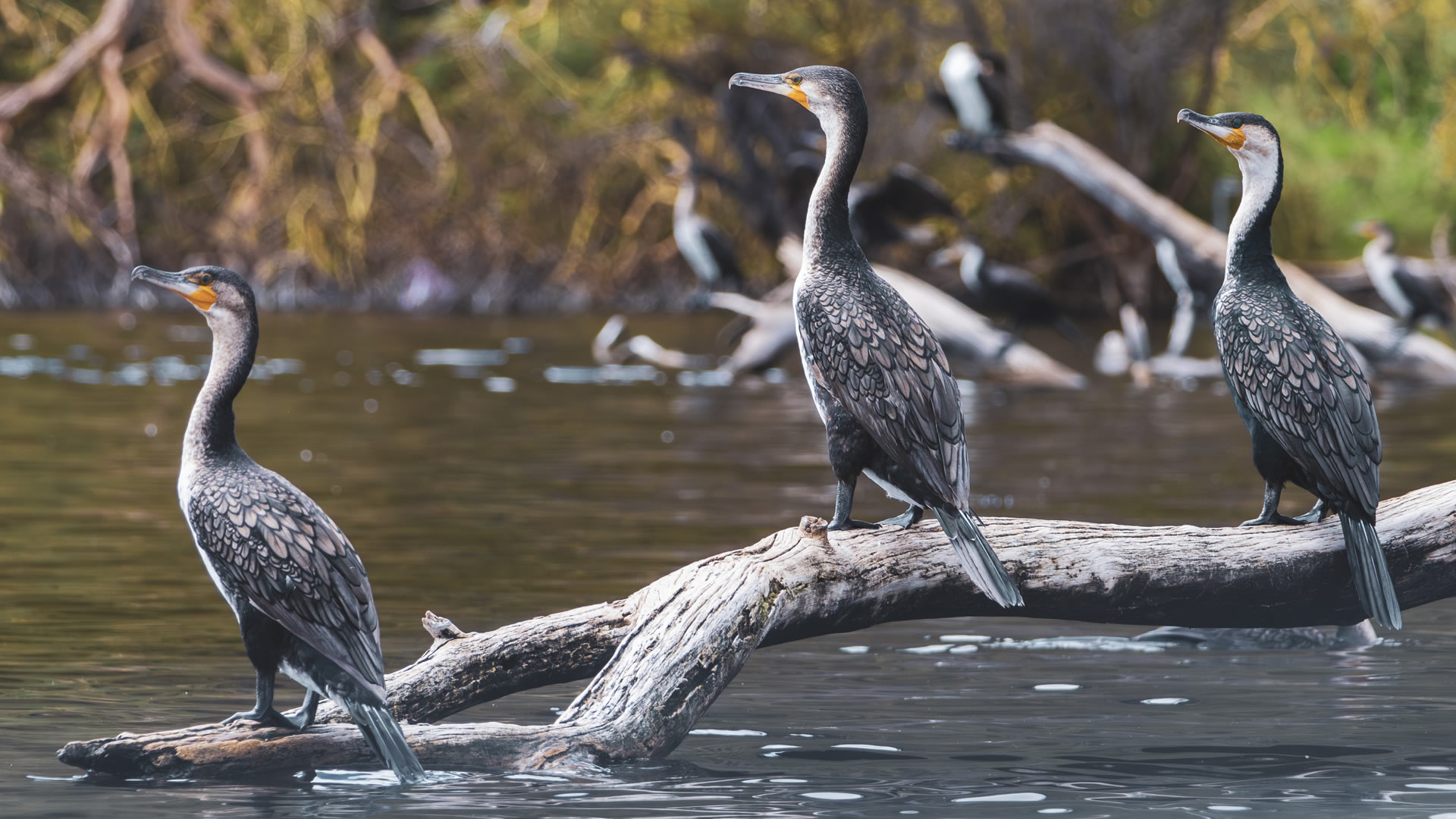
The Lake Nakuru National Park Highlight:
Bird Watchers Paradise
Experience the Lake Nakuru National Park
For a small park, Lake Nakuru really is breathtaking, with the Rift Valley escarpment, dotted with euphorbia trees, rising up from the lakeshore. Heavy mist sometimes shrouds the lake and yellow fever trees, which seem to glow in the early morning. The view from the Out of Africa Lookout is as close as you can get to the famous plane journey scene from the film ‘Out of Africa’.
The main activity in Lake Nakuru is the guided game drive, which allows you to explore the park for wildlife watching and birding. In the park’s south you can see moderately impressive Makalia Falls, where waters cascade through a cleft in the rock surrounded by acacia forest. If you’re staying at The Cliff, a luxury tented camp perched on the edge of the escarpment, you can also enjoy a boat excursion on the lake.
Best time to visit: Lake Nakuru National Park
Lake Nakuru National Park offers good wildlife viewing throughout the year, but the best months are from June to February. The rains might interfere with game drives and road conditions can be poor in the wettest months (April and May). However, the reorientation of some tracks to avoid the lake’s rising water levels has made trail conditions more consistent.
Wildlife Experience
Lake Nakuru National Park boasts over 50 mammal species. Wildlife is bountiful, with swarming predators at large to reflect the abundance of prey in the park. The animals include lions, leopards, hyenas, cheetahs, giraffes, black and white rhinos, buffalos, giant pythons, waterbuck, reedbuck, bushbuck, baboons, and vervet monkeys.
Birdlife
Lake Nakuru is one of the top birding destinations in Kenya, with more than 400 species of birds recorded in the park. For bird-watching lovers, the lake is a haven for birds. Birds of Lake Nakuru include greater flamingo, lesser flamingo, common ostrich, guinea fowl, pheasants, grouse, allies, little grebe, pigeons, doves, sand grouse, bustards,cuckoos, night jars, swifts, cranes, stilts, avocets, plovers, lapwing, painted-snipes, sandpipers, crab plover, gulls, terns, skimmers, storks, cormorants, shags, pelicans, hamerkop, herons, egrets, bitterns, ibis, spoonbills, osprey, hawks, eagles, kites, owls, mouse birds, hoopoes, scimitar bills, hornbills, kingfishers, bee-eaters, rollers, african barbets, honey guides, woodpeckers, falcons, caracaras, parrots, cuckoo shrikes, old worldorioles, vangas, helmet shrikes, bush shrikes, drongos, monarch flycatchers, crows, jays, magpies, tits, chickadees, titmice, larks, african warblers, cisticolas, reed warblers, swallows, bulbuls,leaf warblers, white- eyes, yuhinas, laughing thrushes, starlings, old world flycatchers, sunbirds, spider hunters, weavers, waxbills, wagtails, pipits, finches, euphonias, old world buntings.
Best time to visit
The dry months of June to October and January to mid-March are the best times to visit Lake Nakuru National Park. You can still visit the park during these times. The weather is mostly sunny from June to October, with occasional rain in November. The highest temperature is approximately 25°C / 77°F during afternoon hours. Morning and evening temperatures drop to around 9 °C / 48°F. January and February are the driest and warmest months of the year. The highest temperature is approximately 28° C / 82°F during the day.
Getting There?
By Road: The most popular mode of transport used to access the park is by car. The park is accessed on Nairobi Nakuru Highway, a distance of 156 km. The drive takes Approximately 3 hours.
Airstrip: The Naishi Airstrip services the park for tourism, though not commonly used.


